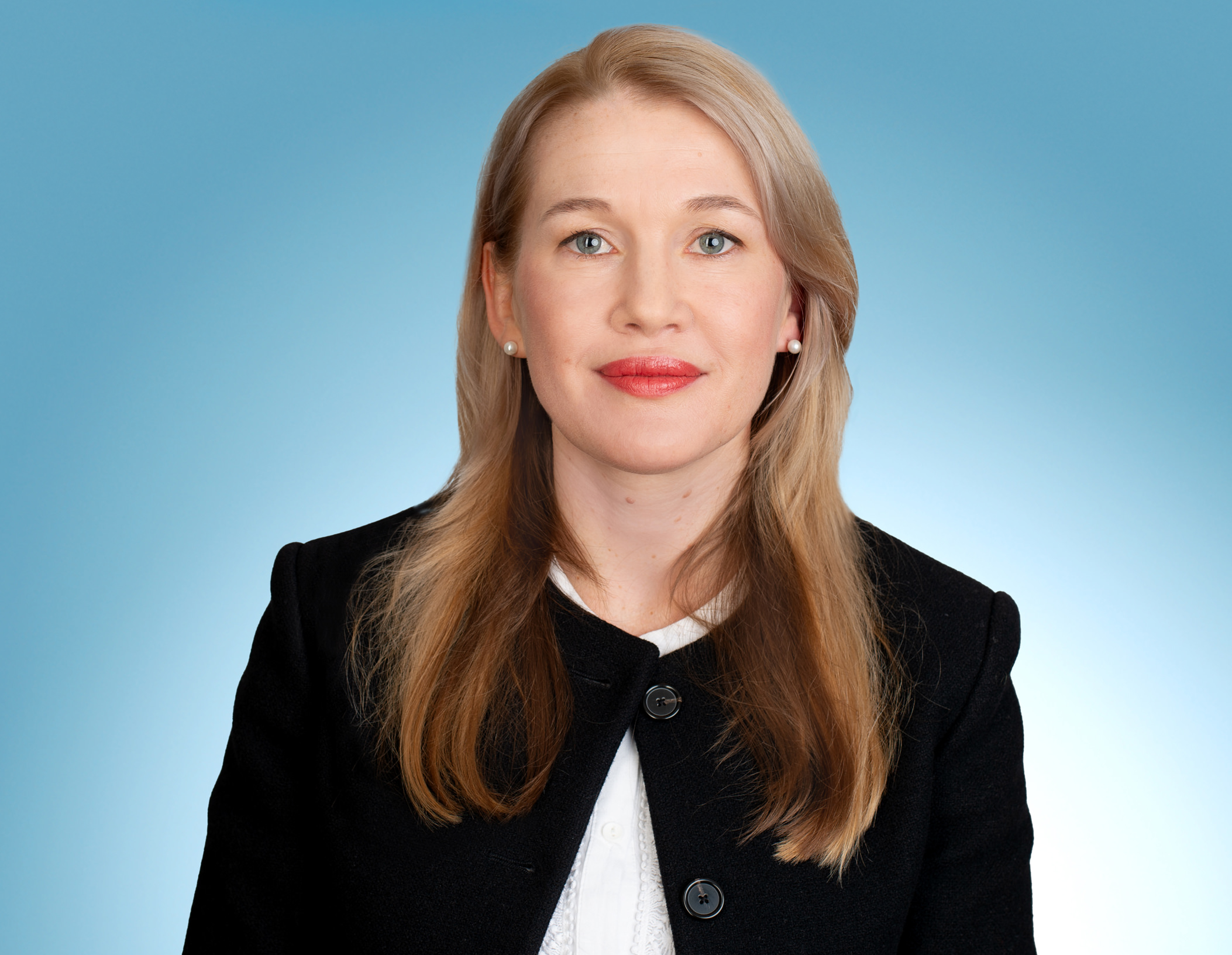Aviation Security Checks.
Safety is the top priority in aviation. Before every flight, passengers, baggage, and cargo must undergo comprehensive security checks to eliminate any potential risks. In light of growing passenger numbers and stringent security requirements, efficient and passenger-friendly screening processes are becoming increasingly important.
How is an airport structured?
An airport is far more than just a departure and arrival point – it is a highly complex infrastructure with clearly defined zones and security mechanisms. In general, an airport is divided into two main areas:
Landside – the public area: The landside is accessible to everyone. It includes the check-in counters, baggage drop-off, and the entrance to the security screening area. No security screening is required to access this part of the airport.
Airside – the secured area: The airside begins after the security checkpoint. It includes the departure gates, the apron (aircraft parking areas), and the aircraft themselves. Only individuals who have passed security screening are permitted in this area – this applies to passengers, airport staff, and even goods sold in airside shops.
Transition from landside to airside

Checkpoints and Organization
Every airport features three types of security checkpoints. Responsibility for these lies with the Federal Ministry of the Interior and the Federal Ministry of Transport. Oversight is delegated to other authorities, while operational responsibility is sometimes assigned to the airports themselves.
Passenger and baggage screening (§ 5 Aviation Security Act – LuftSiG):
- Responsible authority: Federal Ministry of the Interior
- Operational responsibility delegated to: Federal Police, state authorities, or airports
Personnel and goods screening (§ 8 LuftSiG):
- Responsible authority: State aviation authorities
- Implementation by: Airports (often in cooperation with private security service providers)
Cargo and mail screening (§§ 9 / 9a LuftSiG):
- Responsible authorities: Federal Ministry of Transport & German Federal Aviation Office (LBA)
- Implementation by: Airlines
- Tasks: Aircraft surveillance, secure supply chains, and cargo screening
New Technologies for Greater Comfort and Security
Given the ongoing threat of terrorism, security requirements for passenger and baggage screening have been significantly tightened. Security checks have become more complex, even as passenger numbers continue to rise. Since airport space is limited and cannot be expanded indefinitely, smart solutions are needed to improve the efficiency of security screening while maintaining passenger comfort. One key factor is increasing the number of passengers who can be processed per hour.
A major step toward more efficient security is the introduction of modern technologies such as CT scanners. These allow passengers to keep liquids and electronic devices inside their hand luggage during screening. The scanners generate highly precise, three-dimensional images that improve the detection of dangerous items while also significantly reducing waiting times and the need for secondary screenings.
Artificial Intelligence (AI) will also play a central role in the future – for example, in real-time analysis of passenger flows. Biometric technologies such as facial recognition and fingerprint scanners will increasingly be used to enable contactless and self-service passenger processing at airports.

More Responsibility for Airports – Better Process Management
Since 2023, a growing number of airports – currently Frankfurt, Berlin, and Cologne/Bonn – have taken direct responsibility for conducting security screenings. This new model, known as the “New World,” allows for flexible management and optimized organization of processes, such as forecasting capacity needs based on passenger data. With this autonomy, airports can improve efficiency, reduce costs, and shorten wait times for passengers. For example, some security lanes are now equipped with additional individual screening stations and fast lanes for time-sensitive travelers.
In principle, aviation security screening remains a sovereign task of the state. Oversight responsibilities, legal liability, and approval of security-related technologies must remain with public authorities. However, responsibility for implementation – including the choice of service providers, the technology used, and process design – should increasingly lie with those closest to the operation: the airport operators.
Fair Funding – A Shared Responsibility
To date, the costs of aviation security screening have been borne entirely by airlines and passengers. Between 2019 and 2025, aviation security fees have risen significantly – in some cases, they have even doubled. As of early 2025, the fee cap was raised from €10 to €15. These fees now represent a major cost factor in air travel and contribute to Germany’s already high location costs in aviation. The most recent increase is expected to lead to an additional burden of €160 million this year alone. In total, aviation security fees now cost the industry in Germany more than €1 billion annually.
To safeguard the competitiveness of German air transport, a fair distribution of costs between the state and the industry is essential. Aviation security – as protection against terrorism and other threats – is a task of public interest. A greater financial contribution by the federal government is therefore urgently needed.
Why state co-financing makes sense:
- Aviation security is a task of national and public responsibility.
- In other areas, the state already fully covers security costs – for example, at major public events or demonstrations.
- In the railway sector, approximately 70% of security costs are funded by the government.

What is needed now:
- At least a 50% contribution from the federal government to aviation security costs
- A cap on aviation security fees at €10 per passenger – to avoid competitive disadvantages compared to other modes of transport and countries
Aviation Security Fees in International Comparison
In many countries, government cost-sharing is standard practice – such as in the United States, Spain, Italy, and Turkey. In these countries, fees are either capped or deliberately kept below actual costs.

You can find further publications, positions, and statements here.
Feel free to contact us ...
 Dr. Isabel Weiss
Head of Security
isabel.weiss(at)bdl.aero
+49 30 520077-125
Dr. Isabel Weiss
Head of Security
isabel.weiss(at)bdl.aero
+49 30 520077-125
 Elisabeth Schnell
Press Spokesperson
elisabeth.schnell(at)bdl.aero
+49 30 520077-116
Elisabeth Schnell
Press Spokesperson
elisabeth.schnell(at)bdl.aero
+49 30 520077-116


